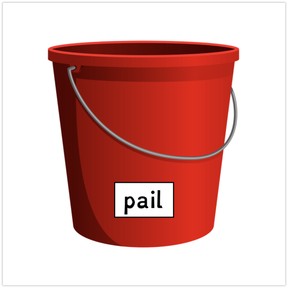
Final l sounds (le, al , il, el)
I can spell words with the final /l/ sound spelled: le, al, il, el.



8,000 schools use Gynzy
92,000 teachers use Gynzy
1,600,000 students use Gynzy
General
In this lesson, students will learn four final /l/ spelling-sound patterns: le, al, il, and el. They will also learn strategies to help them learn and remember how to spell new words.
Standards
CCSS.ELA-Literacy.RF.2.3e
Learning objective
Students will be able to spell words with the final /l/ sound spelled: le, al, il, el.
Introduction
Students will discuss how some words have spellings and pronunciations that are consistent, such as the "b" in "ball" and "bat," while other words do not, like the "s" in "sugar" and "chef." They will go over some strategies to spell words, including thinking of words that rhyme or have similar spellings. They will review and practice spelling rules of words with soft and hard g. They will also review how to use mnemonic devices to remember things. They will look at the different s sounds in "sugar" and "dessert," as well as the difference between "desert" and "dessert."
Instruction
Students will look at a list of words that have final /l/ sounds, like "logical," "towel," and "traditional." First, they will learn the ending "-al." They will drag an X over the "al" in the words and write the root words. After that, they will sort words that follow the rule for "al." Next, they'll look at words with "oi" and "ai" before "l," like "tail" and "soil." The last final l sound they will look at is "-le." They will then put words into sentences to help them remember the words. They will play a game of Hangman, reviewing some of the words they learned in this lesson.
Quiz
Students are given ten questions to review the final 'l' sounds.
Closing
Students will review what they can do to spell new words. To close out the lesson, students will play a memory game.
The online teaching platform for interactive whiteboards and displays in schools
Save time building lessons
Manage the classroom more efficiently
Increase student engagement
Discover more!
About Gynzy
Gynzy is an online teaching platform for interactive whiteboards and displays in schools.
With a focus on elementary education, Gynzy’s Whiteboard, digital tools, and activities make it easy for teachers to save time building lessons, increase student engagement, and make classroom management more efficient.



